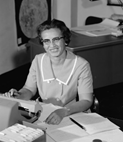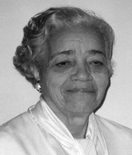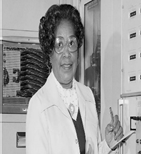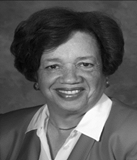
It is that time of the year when class 10 and 12 students are preparing to appear for their board exams. The immense pressure of performance can be overwhelming and can lead to a lot of anxiety and stress.
While the respective boards have released the time table for the board exams, students have geared up with the study for the full course and planning for effective revision for the exams.
Attempting all the questions correctly in the given stipulated time ensuring to score well in the exams is enough to send a chill down the student’s spine.
However, the following tips and guidelines can help students reduce the exam stress and anxiety ensuring they perform decently well.
Focus on the preparation time well
“Concentrate all your thoughts upon the work at hand.”
While every student has different learning capabilities, the student needs to understand his/her learning style and environment and focus on the preparation time. It is always recommended to start the preparation well beforehand to help get ample time for revision and practice.
Concentrate on the syllabus and the latest exam pattern
“Realize deeply that the present moment is all you have.”
It is very important to understand the question paper pattern based on the currently reduced syllabus and devise a strategy accordingly. This is where the facilitators along with the student can help strategize based on the individual student’s strength and challenging areas. Knowing the marking schemes released by the board will help students understand how their answers would be evaluated in board exams.
Adhere to a well-devised realistic time table
“It takes both a plan and a schedule to get things done.”
The importance of creating a proper time table along with strict adherence can’t be reiterated enough. Make a timetable that divides time into slots to focus on different subjects. Setting deadlines and goals will ensure the student stays on track. Time the preparation on any topic or subject well to have enough time on hands to study other topics/subjects too. Setting up a routine will dissuade a student from procrastination and will surely pay off in the long run.
Sufficient time for self-study
“Teachers open the doors but you must enter by yourself.”
Besides school and coaching class, a student should devote sufficient time to self-study that will help analyze the common mistakes and practice well the topics learned in school and coaching class.
Make a strategy to learn long answers
“Strategy is about making clear-cut choices.”
Learning long answers can be quite challenging for the student as engulfing massive text is never easy. To overcome this concern, students must prepare a strategy for writing long answers, like breaking them into paragraphs and writing them on paper.
Focus on languages
“Steer yourself in the right direction.”
While students focus more on core subjects, it is equally important not to ignore language subjects like English, Hindi etc. as these subjects may boost a student’s overall percentile in the exam.
Practice a lot of question papers
“Practice makes perfect.”
It is a good practice to solve more and more previous years’ question papers that helps students track their preparation level. Solving past papers and timed practice tests will help students develop their problem-solving skills and accuracy.
Stay calm and take regular small breaks
“Stop worrying about what can go wrong, and get excited about what can go right.”
The students must stay calm and composed at all times especially during the preparation and exams. Students should avoid studying for long hours continuously and take regular short intervals to rejuvenate mind and retrieve energy for the next study session. This will help maintain focus and alertness.
Eat, drink healthy and sleep well
‘A healthy mind lives in a healthy body.’
This famous adage should be every student’s go-to mantra. Staying hydrated and eating healthy has a lot of health benefits. Drinking lots of water, eating fruits and veggies and a good intake of protein-rich foods sharpens the mind while good sleep can boost the immune system also helping improve concentration and productivity. Exam times call for a special focus on these golden habits.
Stay away from distractions
“Be about actions and no distractions”.
All forms of distractions mostly including gadgets and social media should be kept at bay during the preparation and at least a few months before the exams.
Clarity of thought, expression and handwriting
“Clarity affords focus.”
Writing the board exams following the techniques and at the same time focusing on good handwriting and clarity of thought will reduce the stress levels of the invigilator while deciphering the answers. Needless to mention, neat and legible handwriting also creates a good impression.
Fear, anxiety and stress always hamper preparations and thereby performance. Staying calm, positive and putting in best efforts will help students sail through the exams easily. Remember that “an exam is not only a test of your academic knowledge but also a test of your calmness, stability and courage.”
Happy Studying!!






